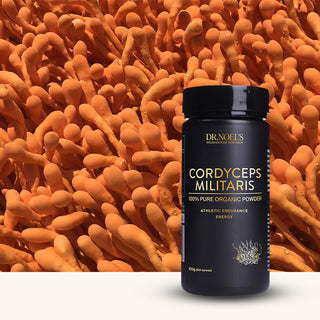Abstract
Only a small number of mushrooms have medicinal properties, which can boost the immune system and other health benefits.
Australian has stringent biosecurity regulations and only allows Shiitake, Turkey tail and Tremella to be grown in Australia (Lion's mane and maitake are now allowed to be grow in Australia since October 2022). Other medicinal mushrooms species are banned, however most of these medicinal mushroom powders are allow to be imported into Australia.
There is no scientific evidence that the related Australian local mushroom species have the same medicinal benefit as the authentic Lion's mane, Reishi, and Maitake have grown in China.
Video contents
There are over ten thousand species of mushrooms on the earth. Some of these are weed mushrooms, some of them are poisonous, some of them are edible.

There is a small number that possesses medicinal properties that help the immune system and other health benefits. This has been recognised by the Asian culture who have been using them for hundreds of years. The main species are: Lion's mane, Reishi, cordyceps, Shiitake, maitake, Chaga and Turkey tail.

Today, I want to tell you some important facts that you should know about medicinal mushrooms.


Related species do not necessarily have the same characteristics. A good example I can tell you is of the genus Amanita.

This genus has three relatives in it closely related; these are three all called Amanita but of different species. The first one is called Amanita caesarea, a very delicious culinary mushroom used in Roman times, and that's why it's called Caesar's mushroom. The second one is Amanita muscaria, which is that red dome shape one with little white dots on the top you see in all the children's books. And this one is hallucinogenic. And the third one is Amanita phalloides or the death cap mushroom, which is deadly poisonous. So they have the same genus name Amanita; they are different species, and they have different characteristics.






